Fire Eel – Mastacembelus Erythrotaenia – Southeast Asia
£60.97
The Fire Eel, scientifically known as Mastacembelus Erythrotaenia, is a visually striking fish native to Southeast Asia. This comprehensive guide provides detailed information about the Fire Eel’s functionality, features, and use-cases, ensuring that customers have all the necessary knowledge to care for this remarkable species. Secure transit and shipping convenience options are available, and a Dead on Arrival (DOA) policy is in place for customer satisfaction.
998 in stock
Fire Eel – Mastacembelus Erythrotaenia – Southeast Asia
Short Description:
The Fire Eel, scientifically known as Mastacembelus Erythrotaenia, is a fascinating and visually striking fish native to Southeast Asia. With its vibrant red and black coloration, it adds a unique and captivating element to any aquarium. This comprehensive guide provides detailed information about the Fire Eel’s functionality, features, and use-cases, ensuring that customers have all the necessary knowledge to care for this remarkable species.
Product Categories:
Eels, Fish
Secure Transit:
We prioritize the safety and well-being of our fish during transit. Our 24-hour courier service ensures that your Fire Eel arrives safely at your doorstep. To protect them from extreme temperatures, we use poly boxes and heat packs during colder months, guaranteeing their comfort and health throughout the journey.
Shipping Convenience:
We understand the importance of convenience for our customers. To streamline shipping and reduce costs, we offer the option to combine multiple items in one order. This allows you to receive all your desired aquatic species and products in a single shipment, saving you time and effort.
Dead on Arrival (DOA) Policy:
In the unfortunate event that your Fire Eel arrives deceased, we have a Dead on Arrival (DOA) policy in place. We request that you promptly inform us with photographic evidence of the deceased fish. Based on your preference, we will either refund you or send you a replacement, ensuring your satisfaction and peace of mind.
Product Description:
Scientific and Common Names:
The Fire Eel, scientifically known as Mastacembelus Erythrotaenia, is also commonly referred to as the Red Fire Eel or Dragon Eel.
Habitat:
Native to the freshwater rivers and streams of Southeast Asia, particularly Thailand, Malaysia, and Indonesia, the Fire Eel thrives in warm and slow-moving waters. It prefers areas with sandy or muddy substrates, dense vegetation, and ample hiding spots such as rocks, driftwood, and caves.
Tank Setup:
To provide a suitable habitat for the Fire Eel, a spacious aquarium of at least 75 gallons is recommended. The tank should be well-filtered with a moderate to strong water flow. The substrate should consist of sand or fine gravel, and the addition of rocks, driftwood, and plants will create a natural and stimulating environment. Adequate hiding spots should be provided to mimic their natural habitat.
Diet and Nutrition:
Fire Eels are carnivorous and primarily feed on small invertebrates, crustaceans, and insect larvae in the wild. In captivity, they can be fed a varied diet consisting of live or frozen foods such as bloodworms, brine shrimp, blackworms, and small fish. It is important to ensure a balanced diet to maintain their health and vibrant coloration.
Size and Growth Rate:
Fire Eels have the potential to grow quite large, reaching lengths of up to 24 inches (60 cm) in captivity. However, their growth rate is relatively slow, and it may take several years for them to reach their maximum size.
Behavioral Traits:
Fire Eels are nocturnal and generally peaceful, but they can become territorial towards their own species or other bottom-dwelling fish. They are known for their secretive nature and may spend a significant amount of time hiding in caves or under driftwood. They are excellent jumpers, so a secure aquarium lid is essential.
Care Level:
The Fire Eel requires intermediate to advanced care due to its specific habitat and dietary needs. Regular water parameter monitoring, proper filtration, and a well-maintained aquarium are crucial for their well-being.
Breeding and Reproduction:
Breeding Fire Eels in captivity is challenging and rarely achieved. They are egg-layers, and the process requires specific conditions, including the presence of both males and females, appropriate water parameters, and the provision of suitable spawning sites.
Health and Disease Prevention:
Maintaining optimal water conditions, providing a balanced diet, and regular observation are key to preventing health issues. Fire Eels are generally hardy, but they can be susceptible to common fish diseases such as ich, bacterial infections, and parasitic infestations. Quarantining new additions and practicing good hygiene can help minimize the risk of disease transmission.
Optimal Water Conditions:
– Temperature: 75-82°F (24-28°C)
– pH: 6.5-7.5
– Hardness: 5-15 dGH
Lifespan:
With proper care, the Fire Eel can live for 10-15 years or even longer, making it a long-term commitment for dedicated aquarists.
Additional Interesting Facts:
– The Fire Eel is known for its ability to produce electric discharges, which it uses for communication and navigation.
– Despite their eel-like appearance, Fire Eels are not true eels but belong to the spiny eel family.
– They have a unique adaptation called a labyrinth organ, which allows them to breathe atmospheric air, enabling them to survive in oxygen-depleted waters.
– Fire Eels are highly sensitive to water quality, so regular water changes and maintenance are essential for their overall health and well-being.
In conclusion, the Fire Eel is a captivating and unique species that requires specific care and attention. With its vibrant coloration and intriguing behaviors, it can be a stunning addition to any aquarium. By following the comprehensive guide provided, customers can ensure the optimal health and longevity of their Fire Eel, creating a rewarding and fulfilling aquatic experience.
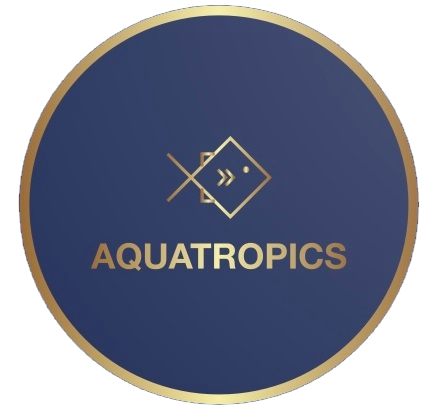
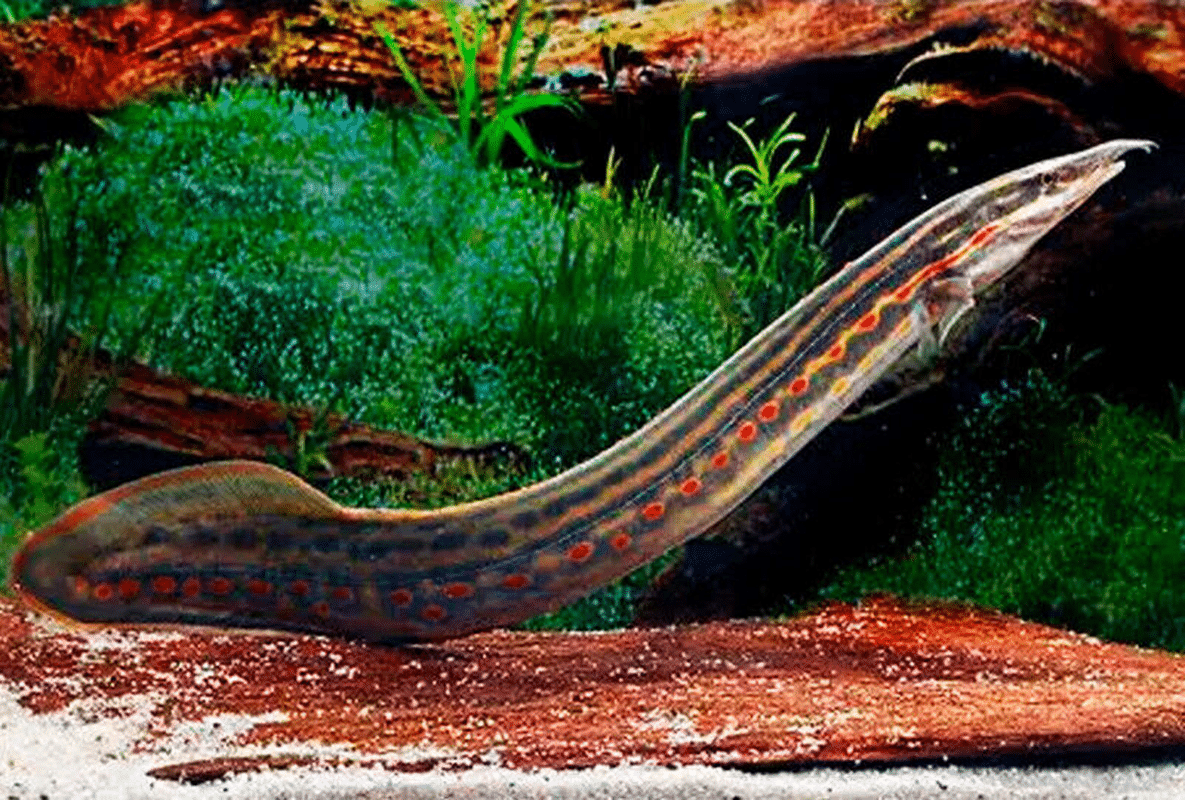
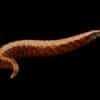
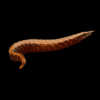
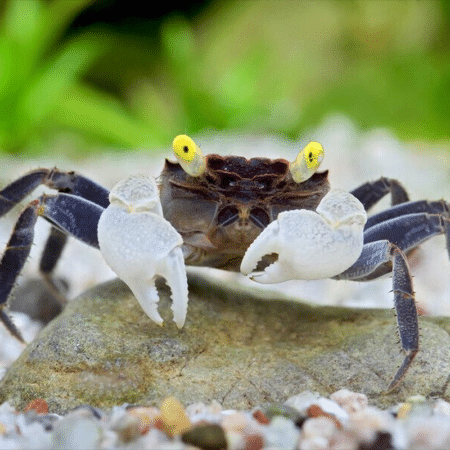
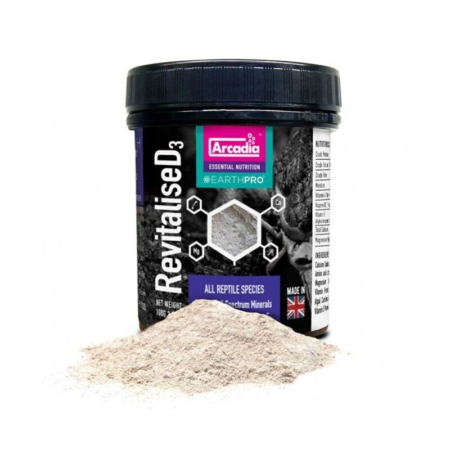
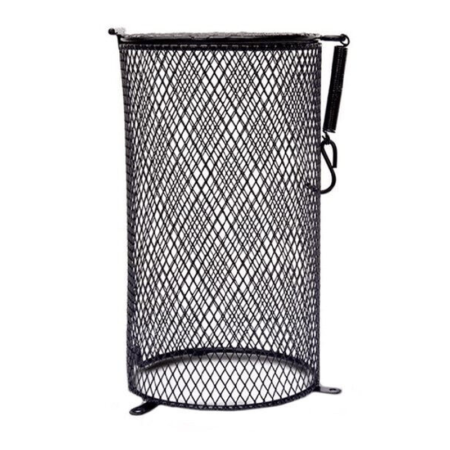
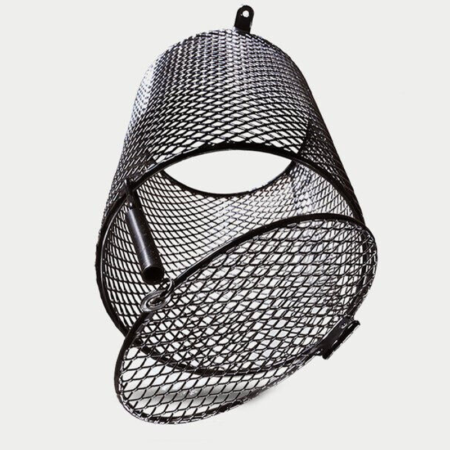



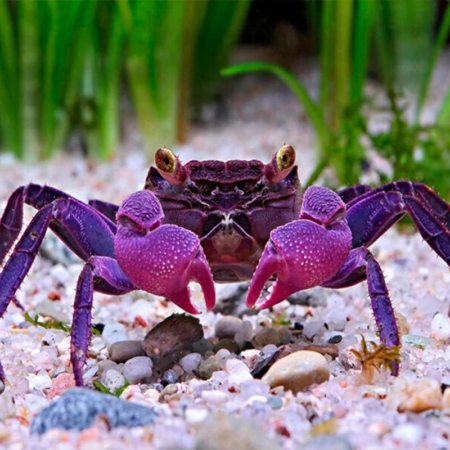

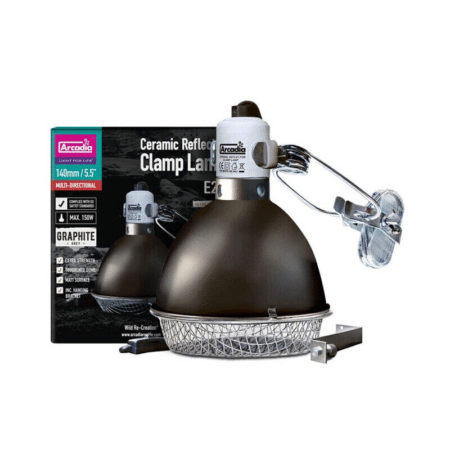
Reviews
There are no reviews yet.